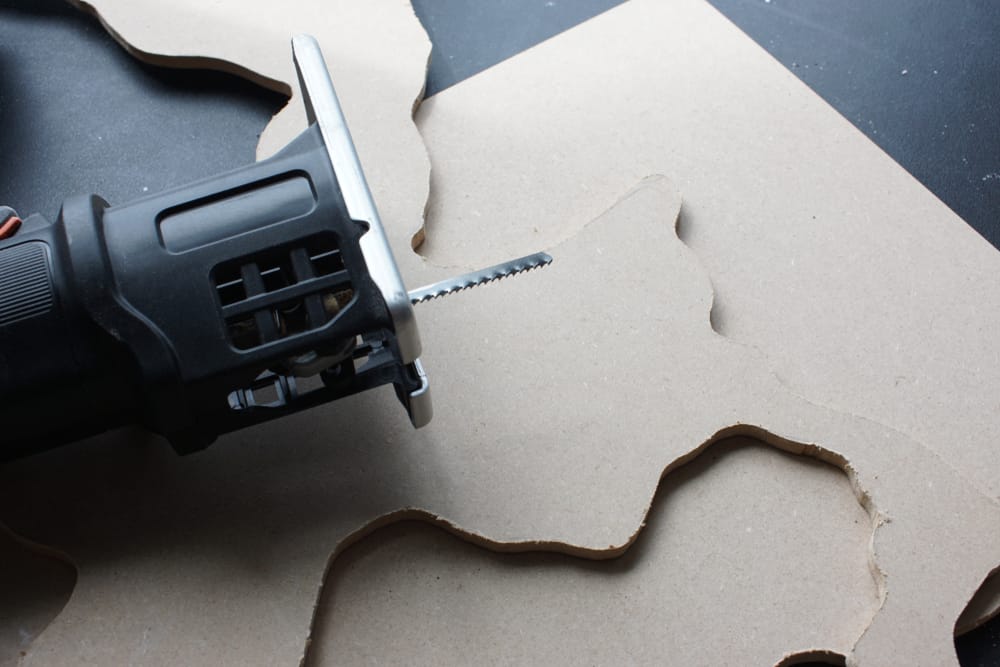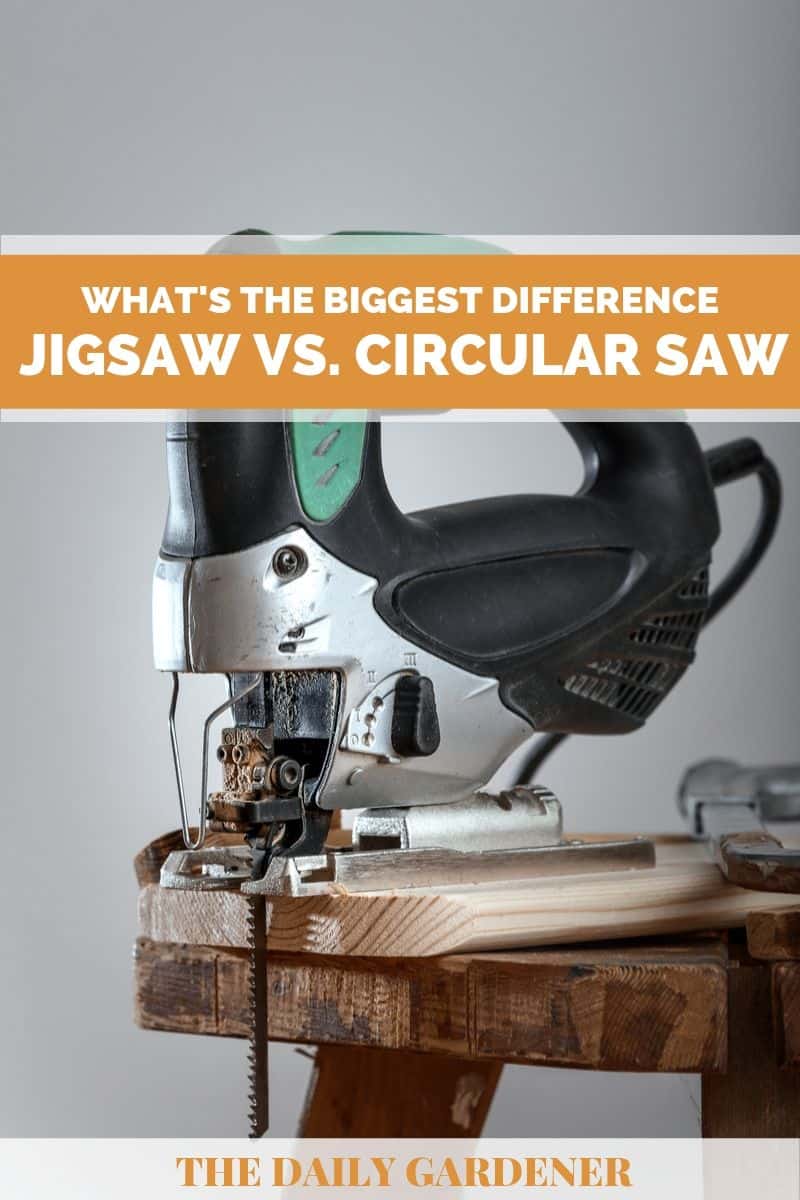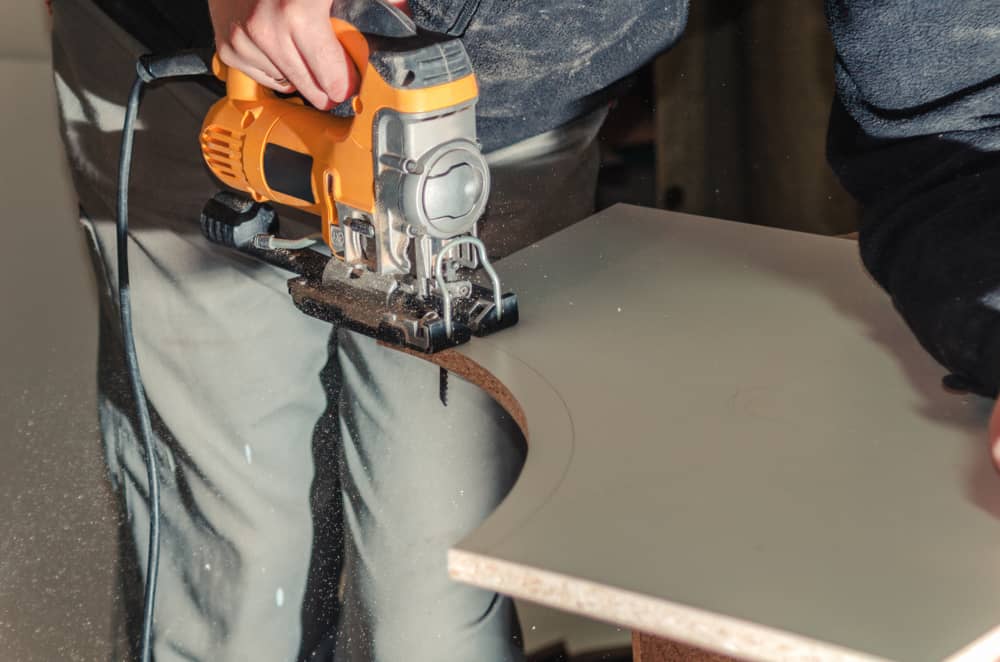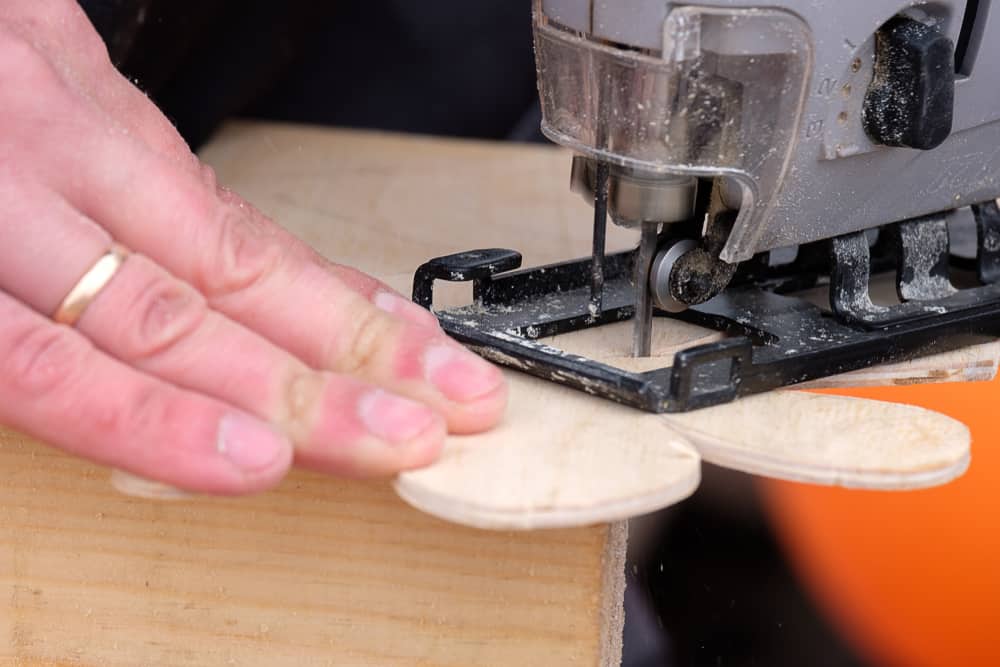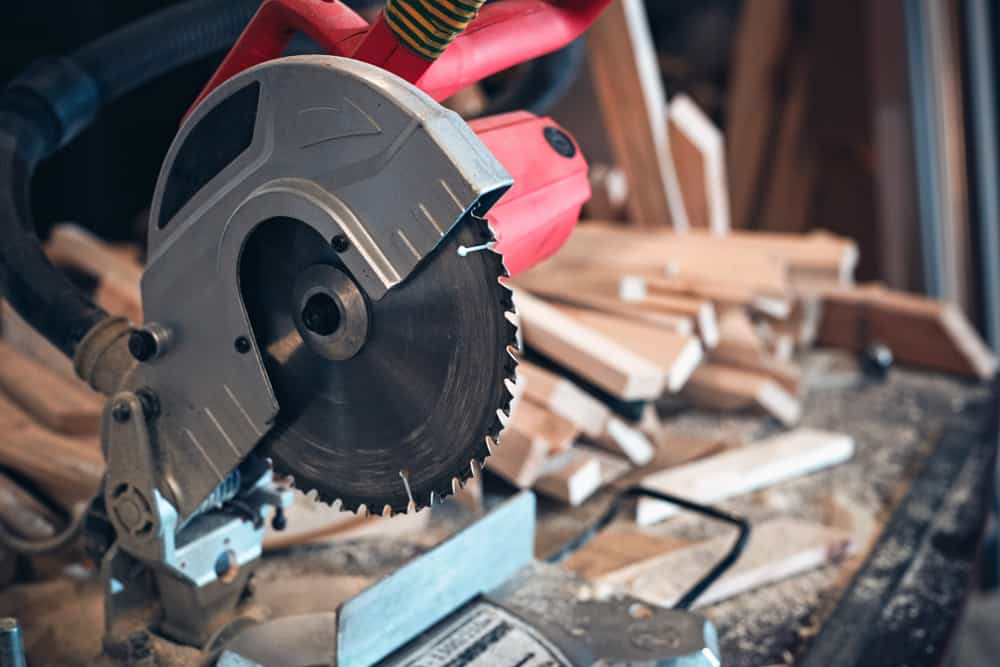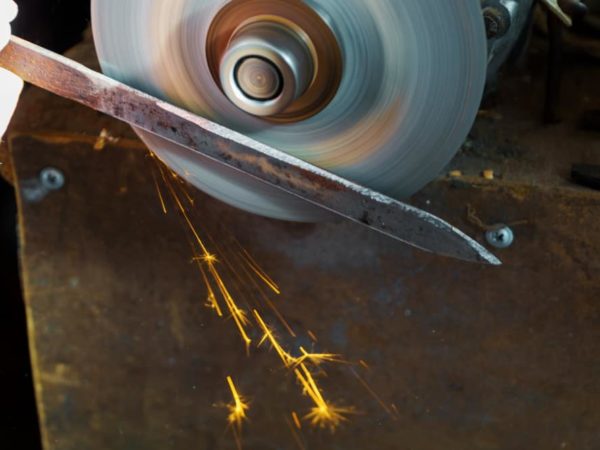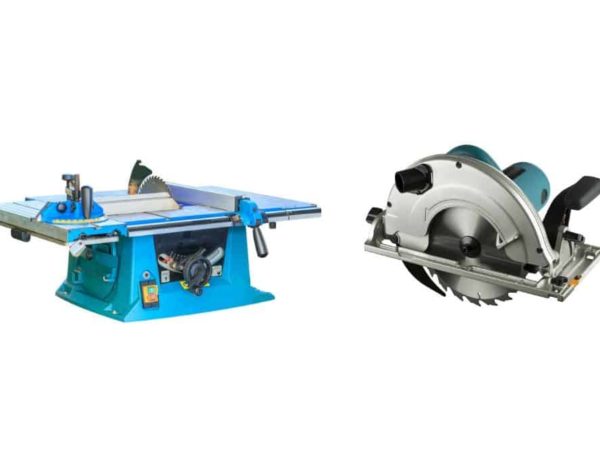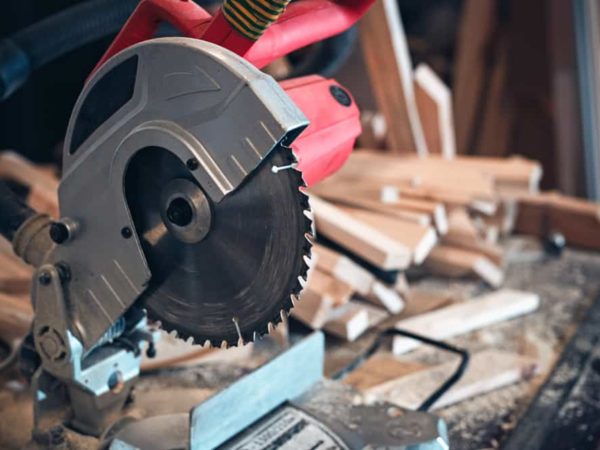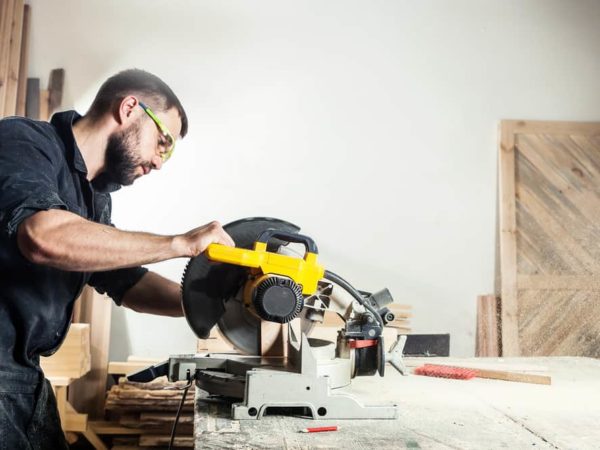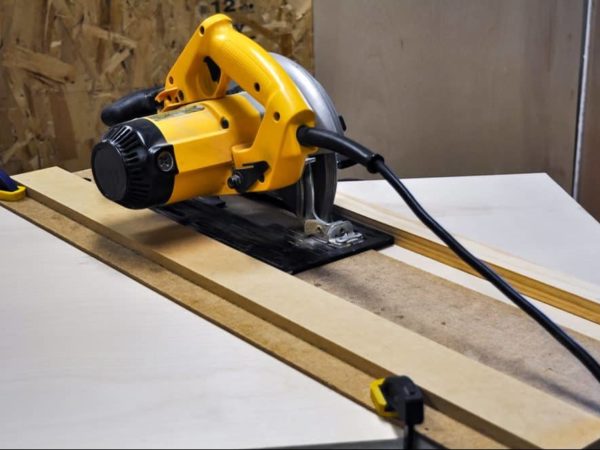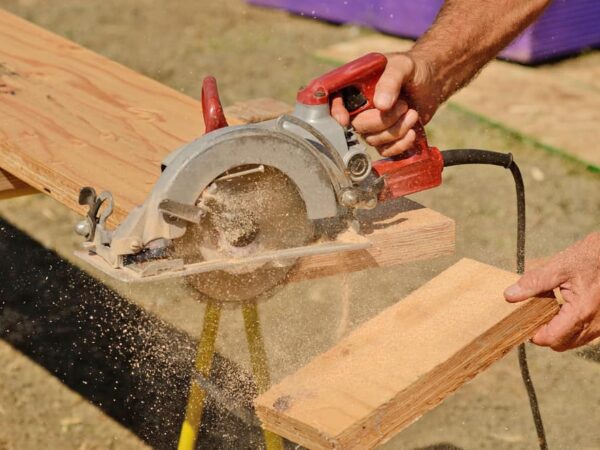Jigsaws and circular saws are both essential items for the professional woodworker and the dedicated amateur alike. While they might look vaguely similar, as well as having the same broad use of cutting wood and other materials, they are actually quite different tools.
If you are looking to buy a saw but don’t know which to pick, you may be wondering what the differences are and which of the two is the best option. To help you understand these tools and decide which to go for, here we consider the question of jigsaw vs circular saw.
If you want to know more about these two types of saw and others, here’s an informative video that gives you more information.
Table of Contents
Jigsaw vs Circular Saw – Similarities
Before we look at the differences between these two tools, let’s look at the similarities – and as you will see, apart from looking superficially similar, there are relatively few.
Both jigsaws and circular saws can be used to cut a range of materials, including various types of wood, plastics and metals. They can both cut straight lines, and both are capable of cutting angles and beveled cuts.
And that’s about as far as the similarities go. In fact, these are two quite different tools, and although there is some overlap in their uses, most of the time, it’s quite obvious which of the two is the most suitable choice. Let’s look at this in more detail now.
What is a jigsaw and what are the advantages?
A jigsaw is a relatively small and lightweight handheld saw with a blade that has an up and down cutting motion.
They are good at cutting curves and following patterns, something that would be impossible with a circular saw.
Jigsaws are considered safer than circular saws – while you can still injure yourself with a jigsaw, there is less scope for causing serious damage since the blade is smaller.
They create less dust than circular saws, and the blades are also less expensive than the blades for circular saws.
What are the disadvantages?
Jigsaws have much less power than circular saws, meaning they not as suitable for more demanding cutting jobs. The blades are also flimsier, meaning they tend to break more often.
Although the fact that the blades are cheaper might save you money in the short term, you will probably end up replacing them much more often than with a circular saw.
While they are capable of cutting straight lines, they are not as accurate as circular saws. If you need a line that is more or less straight, they’re fine – but they won’t be able to cut a perfect line if you need a high level of precision.
What is a circular saw and what are the advantages?
There are two types of circular saw, sidewinders, and worm drive saws – but both function in the same way. The motor causes the circular saw blade to spin, cutting into the wood in an upwards direction.
They excel when you need to cut long, accurate straight lines – and by using a circular saw guide, you can ensure a high level of precision. For this kind of work, you will be able to cut through far more in a far shorter time than would be possible with a jigsaw.
They are much more powerful than jigsaws, and if you have a large amount of wood to cut, this is the tool to turn to. The blades are also designed to last longer, meaning you won’t need to replace them as often.
What are the disadvantages?
Compared to jigsaws, the main disadvantage of circular saws is that they can’t cut curves – they are designed to cut in straight lines only.
The blades for circular saws are more expensive – although, as we mentioned, they last longer so won’t need to be replaced as often.
They are big, noisy tools. Some people might find them a little hard to manage – especially worm drive saws since these are even heavier. They are also more dangerous, with an increased risk of more serious injury.
With all their cutting power, they also tend to generate a lot of dust, so if you are working indoors and have a lot of cutting to get through, a shop vac will be a must.
What is a jigsaw good for?
So, when should you choose a jigsaw? Jigsaws are ideal for smaller jobs, home DIY and craft use. If you need to make lots of curved cuts for artistic creations, a jigsaw is the one to go for.
They are the more versatile of the two types and can be used to cut in straight lines when required – even if they don’t do it quite as well as a circular saw. Since they are small and manageable, they are also good for when you need to cut in tight spots.
If you want something for small-scale jobs, creative work or just something that you will be able to use for the most extensive range of applications, a jigsaw is the one to go for.
What is a circular saw good for?
Circular saws a for cutting straight lines and you can work through a lot more wood or anything else in a day than you could ever hope to manage with a jigsaw. Circular saws are for large scale jobs and are an essential tool in construction.
If you need to cut curves or work on fancy craft-style projects, a circular saw won’t be the right option, but if you want to frame a house or garage or you need to cut long, straight lines through large sheets of wood, a circular saw is the ideal choice.
Know which tool to choose for the job at hand
Which of the two types of saw is “best”? There is no single answer to this question since both are better suited to different situations. Perhaps for a casual home user who wants to buy a single tool to use for a range of applications, a jigsaw might be the best option.
However, as we have seen, these tools both have very specific uses and each outperforms the other in certain situations. The best advice is not to ask which is “best” but to ask which is best suited to your needs. Think about the kind of work you need the tool for and then choose the one that is best for that kind of task.
Don’t forget to pin it!

